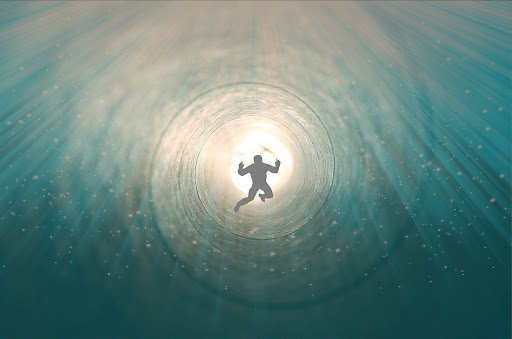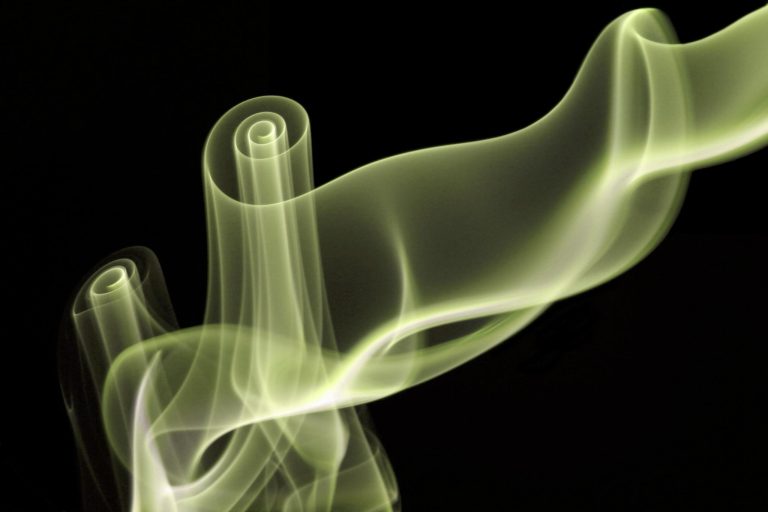The existence of the soul has long been a subject of debate. While materialist views assert that our thoughts and ideas are created by the brain, others argue that human consciousness transcends our tangible world, with interesting evidence of our spiritual existence.
In recent decades, cases have emerged in which individuals—with and without spiritual beliefs—have experienced the afterlife. In response, the scientific community has been collecting data to make sense of the unusual phenomena and theorize about the existence of realities that our senses can’t yet perceive.
Is consciousness independent of the brain?
Near-death experiences (NDE’s) are a significant source of medically unaccountable conscious events that cannot be explained by the known functions of the brain. A 2014 study published in the National Library of Medicine, presented nine lines of evidence for the apparent separation of consciousness from the body.
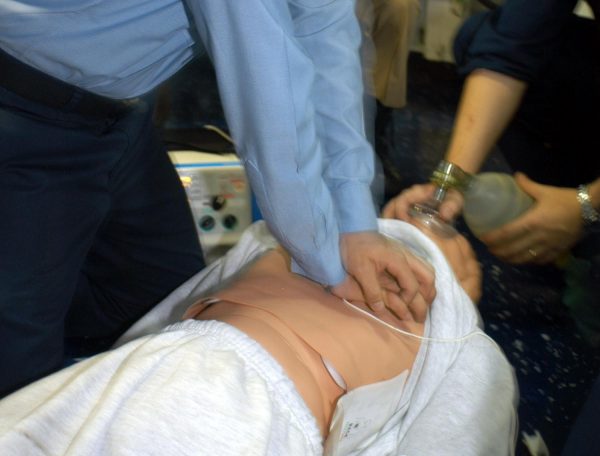
Some of the most compelling evidence was provided by individuals who had lucid experiences while unconscious, comatose or clinically dead. When asked about their level of awareness during the episode, 74.4% of them reported feeling “More consciousness and alertness than normal,” while 20.4% described their state as “Normal consciousness and alertness;” and only 5.2% felt “Less consciousness and alertness than normal.”
The experiences—often clear and logically structured—frequently occurred in cardiac arrest cases, in which, according to previous studies, the brain exhibits no significant activity during the 10-20 seconds after the heart stops and, what’s more puzzling, are typically followed by a period of amnesia. By this logic, a prolonged and lucid experience after cardiac arrest would hardly be possible.
Success
You are now signed up for our newsletter
Success
Check your email to complete sign up
Yet cases of lucid organized memories in patients under general anesthesia—in which the anesthetized brain should be unable to produce memories according to functional imaging—were also reported. Dr. Bruce Greyson, an NDE researcher at the University of Virginia, said:
“In our collection of NDEs, 127 out of 578 NDE cases (22%) occurred under general anesthesia, and they included such features as OBEs that involved experiencers’ watching medical personnel working on their bodies, an unusually bright or vivid light, meeting deceased persons, and thoughts, memories, and sensations that were clearer than usual.”
Other accounts related how unconscious individuals could see ongoing events from a place removed from their physical body. The study found that 45% of near-death experiencers reported out-of-body episodes in which they could hear and see ongoing physical events from a different location—usually above their bodies. Other near-death experiencers provided remarkably accurate descriptions of their own resuscitations.
Existence of the intangible
Dr. Alan Ross Hugenot, an expert in physics and engineering science who had a near-death experience after a motorcycle accident in the 1970’s, said during a talk at the International Association for Near-Death Studies (IANDS) 2014 Conference in Newport Beach, California: “I did things using Newtonian physics to create ships…but the whole time, I knew better. There’s this whole other world that our five senses don’t register.”
When talking about the “other world” he perceived during his life-changing episode, he described it as “more real than this place.” The impression it left on Hugenot led him to make the study of the afterlife a central component of his work.
Near-death experiencers from the 2014 report mentioned above, also made allusion to perceptions of passing into or through a tunnel and seeing a mystical light. Likewise, those revived from the Tangshan earthquake in 1976—the deadliest earthquake in China’s history—reported feelings of being inside a pipe, passing through a tunnel or seeing light at the end.
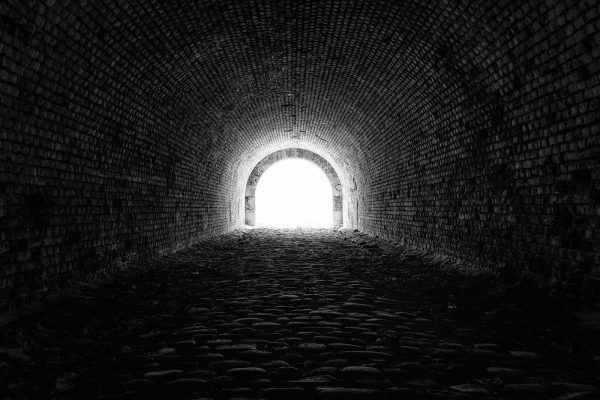
The existence of other worlds or dimensions is further considered through testimonies of meaningful encounters. In one survey, near-death experiencers described seeing deceased loved ones. Only 4% of those surveyed reported meeting beings that were alive at the time of their experiences.
The report explains: “In dreams or hallucinations when familiar persons are present they are much more likely to be living and from recent memory. This is in sharp contrast to near-death experiencers where familiar persons encountered are almost always deceased…”
This is in keeping with accounts given by Tangshan victims, with one-quarter of them claiming to have seen relatives who had passed away and who seemed to have gone together to another world where they continued to live.
Hugenot has been exploring scientific theories to explain this other world. One of his hypotheses considers the possibility that human consciousness and the souls of the dead reside in the dark matter or dark energy that makes up 96% of the universe that is still unknown to mankind. “This undiscerned 96 percent of the universe…gives us plenty of room for both consciousness and the afterlife to exist in.”
Near-death experiences suggest spiritual existence
While death can cause fear and anxiety in many people—a phenomenon called Thanatophobia,—it is common among near-death experiencers to report intense and generally positive emotions.
The 2014 report cites the accounts of an individual who experienced a life review—lucid recollections of part or all of their previous lives—at a moment when death was imminent: “I went into a dark place with nothing around me, but I wasn’t scared. It was really peaceful there. I then began to see my whole life unfolding before me like a film projected on a screen, from babyhood to adult life…”
The absence of fear described above was also reported by the Tangshan victims, who said that their minds were clear, calm and comfortable during the time they were in danger. Some of them had feelings of happiness and had memories—mostly positive ones—replaying in their minds.
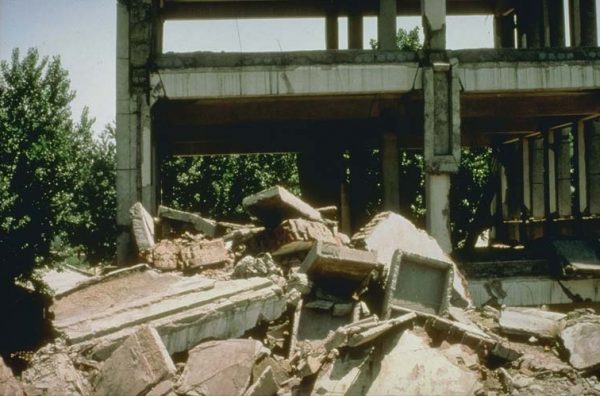
After effects of near-death experiences
Significant changes have been recorded in individuals who experience such vivid emotions during near-death episodes. When 278 NDE’s were asked about the after effects of their experience, 54.7% responded “large changes in my life,” 24% described their changes as moderate, 10.1% indicated slight changes and 5.0% reported no changes at all. The remaining 5.8% of the group marked their answer as “unknown.”
Changes in belief and values are among the most common after effects. A compelling study conducted by Pim van Lommel, MD, determined the specific repercussions of NDEs.
By dividing cardiac arrest survivors into two groups—those that had NDEs and those that did not—and assessing their perspectives on life two and eight years later, the study found that the group of cardiac arrest survivors with NDEs “were statistically more likely have a reduced fear of death, increased belief in life after death, interest in the meaning of life, acceptance of others, and were more loving and empathic.”
The study concluded by saying that the few minutes of unconsciousness in which individuals experienced the afterlife was connected with the most substantial and lasting changes in their values and beliefs.
READ ALSO:
- Exploring Consciousness – How Deep Does It Go?
- Unlocking the Mysteries of the Human Heart
- Why Traditional Faiths Believe Every Encounter Is Meaningful



